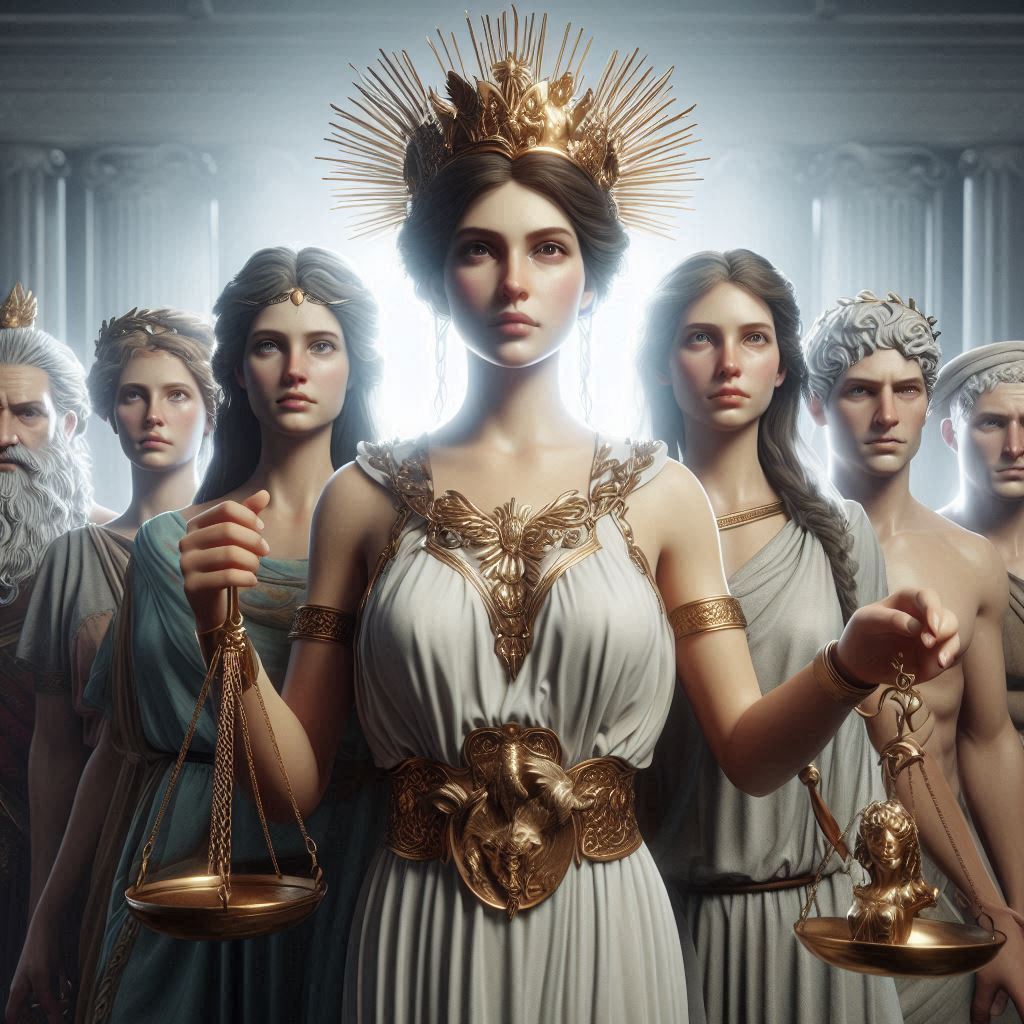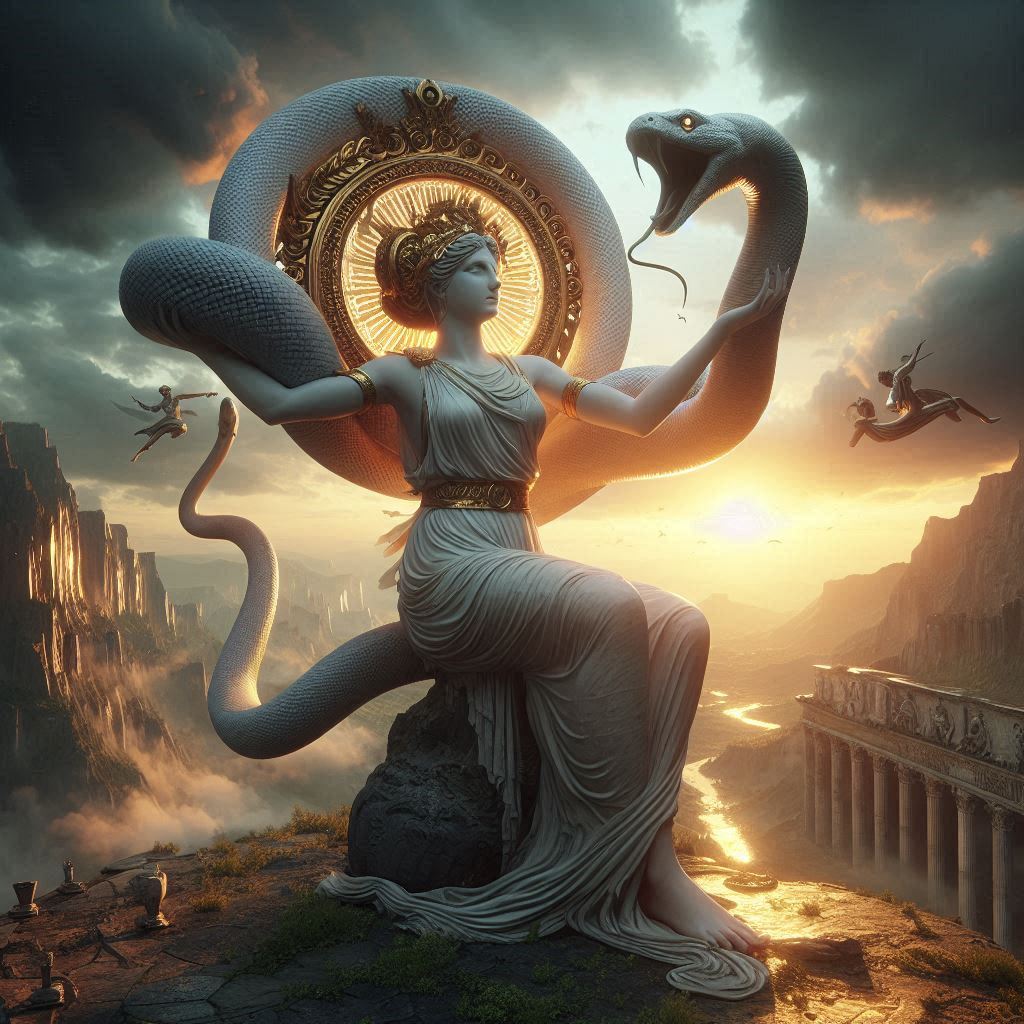Table of Contents
Charles Baudelaire (1821–1867) is one of the most important figures in French literature, often heralded as the father of modern poetry. His life, works, and ideas embody a shift toward a darker, more introspective approach to poetry, exploring themes of decadence, beauty, alienation, and the passage of time. His most influential work, Les Fleurs du Mal (The Flowers of Evil), is considered revolutionary for its exploration of themes previously deemed inappropriate or too bleak, thus paving the way for modernist writers. This essay examines Baudelaire’s life and major influences, his unique contributions to poetic form, and the themes in his work that have left a lasting impact on both literature and the broader sphere of existential thought.

Life and Influences
Baudelaire’s life itself is marked by turbulence and personal struggles, which deeply influenced his work. Born into a bourgeois family, his early life was disrupted by his father’s death and his mother’s remarriage, which caused him profound psychological distress. His troubled relationship with his stepfather, combined with his tendency toward defiance and rebellion, led him to live a bohemian lifestyle, one marked by excess, experimentation, and introspection.
This personal disquiet found expression in his poetry, which is often marked by a profound sense of melancholy and a preoccupation with suffering, mortality, and the transient nature of beauty.
Baudelaire was also heavily influenced by Romanticism, especially its emphasis on subjectivity and emotional expression. However, he departed from the Romantic idealism espoused by poets like Victor Hugo and Alphonse de Lamartine. Baudelaire found his inspiration in ugliness and the forbidden, the “flowers of evil” that contrasted with the pure beauty worshipped by his Romantic predecessors. His interest in art also led him to become a keen observer and critic of French painting, particularly drawn to the works of Delacroix and Manet, who captured the raw, realistic aspects of modern life.
These influences coalesced into a literary style that celebrated both beauty and decay, culminating in a poetic voice that embraced the tension between conflicting human impulses.
The Poetic Revolution of Les Fleurs du Mal
Baudelaire’s Les Fleurs du Mal, published in 1857, is a landmark in literary history and is widely considered his magnum opus. The collection was initially censured for its perceived obscenity and blasphemy, but it has since become a cornerstone of Western literature, symbolizing a rupture with traditional poetic forms and sensibilities. Baudelaire’s work marked a departure from the conventional forms of the French lyric poem, introducing complex structures, unusual rhyming schemes, and rich, sensuous language that had rarely been seen before.
One of the defining characteristics of Les Fleurs du Mal is its use of irony and paradox. Baudelaire was a master at juxtaposing beauty with grotesque elements, as seen in poems like “La Charogne” (“The Carcass”), where he contrasts the image of a rotting carcass with the concept of eternal beauty. This paradox extends beyond the aesthetic into the thematic realm, where he often explores the simultaneous attraction and repulsion of sin, indulgence, and spirituality.
This revolutionary embrace of the grotesque was, in part, a critique of bourgeois society’s obsession with decorum, propriety, and superficial virtue. By depicting morally ambiguous characters and scenes, Baudelaire subverted the sanitized ideals of 19th-century society and forced readers to confront the darker sides of the human psyche.
Baudelaire also revolutionized the thematic landscape of poetry by focusing on urban life and alienation. Living in the bustling metropolis of Paris, Baudelaire observed the city as both a place of fascination and repulsion, often portraying it as a place where individuals experience isolation despite being surrounded by others. In “Les Fenêtres” (“The Windows”), for example, Baudelaire gazes upon a window of a stranger’s apartment and imagines the lives within, conveying both his curiosity and his profound separation from others. This sense of isolation is a recurring theme in Baudelaire’s work and would become a central tenet of modernist literature.
Themes of Decadence, Suffering, and Redemption
Baudelaire’s themes are distinct in their intense focus on decadence, suffering, and the possibility of redemption. Unlike his contemporaries, who often portrayed nature as a place of refuge, Baudelaire found no solace there. He instead turned to the beauty within decay, positioning human suffering as an essential element of existence that could, paradoxically, lead to higher states of consciousness.
In Les Fleurs du Mal, decadence and debauchery are not merely self-indulgent pursuits but a philosophical journey. Baudelaire sees decadence as a path to understanding human limitations and as a mirror that reflects the human tendency toward self-destruction. However, these portrayals are nuanced. For instance, in “Spleen et Idéal” (“Spleen and Ideal”), Baudelaire explores the conflict between the ennui (spleen) of daily existence and the longing for the sublime (ideal), an opposition he considers intrinsic to the human condition. In doing so, he encapsulates the existential struggle of searching for meaning in a world where such meaning often appears fleeting or absent.
Though he often portrays suffering as unavoidable, Baudelaire also offers glimpses of redemption, albeit through a paradoxical lens. His poem “L’Invitation au voyage” (“The Invitation to the Voyage”) evokes an imaginary paradise where beauty and love transcend the suffering of the real world. This invitation to a utopian existence, however, is tinged with irony, as it remains inaccessible and illusory—a dream that reflects Baudelaire’s desire to transcend the limitations of human experience while acknowledging the impossibility of doing so.
Baudelaire’s Legacy and Influence
The impact of Baudelaire’s work on future generations of writers and thinkers is difficult to overstate. Les Fleurs du Mal profoundly influenced the Symbolist movement, inspiring poets like Stéphane Mallarmé and Paul Verlaine, who sought to convey the ineffable and transcend ordinary language in a similar fashion. Baudelaire’s focus on urban alienation and psychological depth also resonated with modernist writers such as T.S. Eliot and Ezra Pound, who carried forward his dark, introspective exploration of the human condition into the 20th century.
Beyond poetry, Baudelaire’s work has contributed to existential and psychological thought. His poetry’s focus on internal struggle, the search for meaning amidst suffering, and the clash between the ideal and the real closely aligns with existentialist concerns. Moreover, Baudelaire’s unique sensibility has made him a precursor to psychoanalysis; his poetry anticipates Freud’s later explorations of repression, desire, and the darker, often unacknowledged facets of the psyche. In this sense, Baudelaire not only revolutionized poetry but also opened the door to a broader existential and psychological exploration of the self.
Conclusion
Baudelaire’s work remains an indelible part of literary history, marked by its uncompromising exploration of beauty and decay, its embrace of paradox, and its profound emotional depth.
By pushing the boundaries of what was considered appropriate and aesthetically pleasing, he forced his readers to confront the darker sides of humanity, while simultaneously celebrating the resilience and creativity of the human spirit. Baudelaire’s legacy endures in the themes of alienation, suffering, and the quest for redemption that characterize much of modern literature. In his work, one finds a mirror of the human condition, as relevant now as it was in his time, forever capturing the tension between beauty and ugliness, idealism and disillusionment, in the human soul.


No responses yet